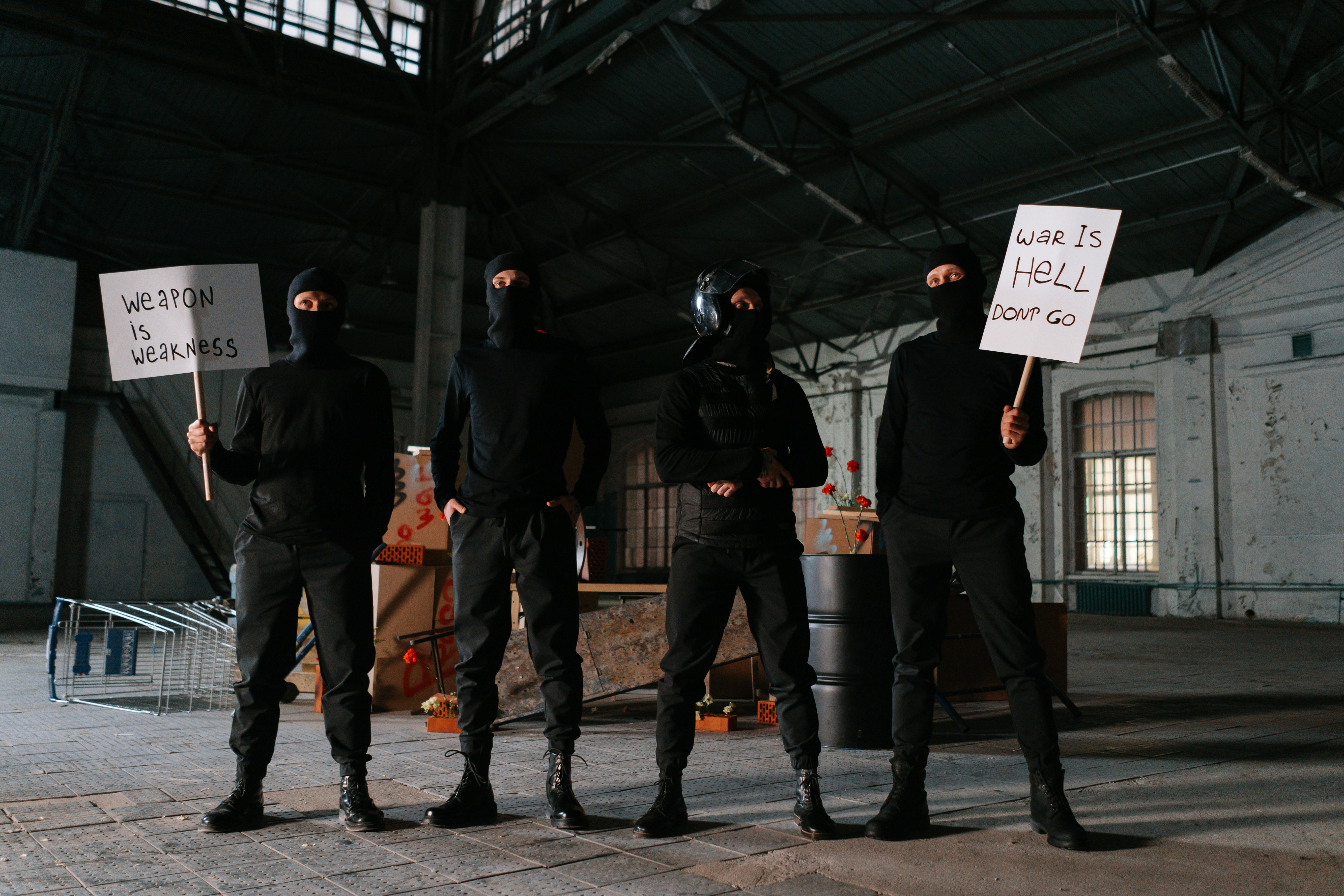
Catharsis and the creative process
admin
- 0
Creativity is the most intense path to catharsis. The mind must connect with the emotions and turn an idea into a physical form, like a book or a painting. The mind and the emotions must come together in a single line of intention that fills the entire work of art. Similarly, the body of the artist and his equipment must become one in a singular creative purpose.
Whether it’s a new recipe, a clothing design, or a symphony, the creation must receive and retain the full intent of your concentrated effort. The result of any act of creation must always be the physical form of an aesthetic desire, which is the drive to see something become real that only exists in your imagination.
Every creative idea an artist can conceive has an energetic center of gravity that draws similar energies to itself. So when we fill an aesthetic product with our desire to make it happen, it forms a void inside us that is constantly being filled with more ideas similar to the original. The human experience of this creative void is felt as a surge of inspiration or enlightenment in spiritual circles. Others report it as a spiritual awakening, seeing transcendental visions or catharsis.
As inspiration fills us, it disturbs our mental balance by generating wild undercurrents in our consciousness that must eventually find resolution in our work. This experience has many names because no one really knows what its true source is, so each person attributes it to the source they value the most. But whatever the source, supernatural, extraterrestrial, or earthly, the human mind is the vehicle or conduit for the creativity that flows through them. Channeling all creative desire into art is the nature of our work as artists.
To take advantage of this current of creativity, the artist must treat his work as if it were a ritual or a ceremony that deserves his utmost respect. He must enter a state of relaxed concentration and allow the ideas to flow through him and connect with his emotions to translate them into artistic products. Sometimes the creative current is light, heavy, or overwhelming depending on many factors, such as the time of day, our mood, the seasons, and our skill level, but neither resistance nor total acceptance will prevent the eventual burst of catharsis, that restores balance to the mind.
The more skilled and efficient the artist can work, the faster each product can be completed and ready for distribution. In the end, the ultimate goal of most artistic endeavors is to turn our creativity into a physical form. All the objects that fill our world have been brought to us through the creative process and the work of human beings to make it solid and real.
For musicians, the goal is to shape an idea, message, or emotional experience with sound and solidify it into a recording. For an author, the goal might be to formulate a plot complex enough to keep readers guessing, while allowing multiple clues to emerge throughout the story that make readers believe they know who did it or what will happen next. . For the entrepreneur, the goal will be to manufacture the good or develop the service to reach a specific set of consumers or customers. And for a singer, the goal might be to present lyrics with the right balance of technical delivery, emotional display, and theatrics.
As the facet of our creative energies must open and close for each work of our imagination, you must complete the creative process with the belief that the work you have done has assumed the physical form of the idea towards which you had been working, and that there is nothing else inside you to put into it. With mental balance restored, the cathartic release subsides and allows you to review the work you have just completed. The law of catharsis requires that you take it for granted and never do it again.

